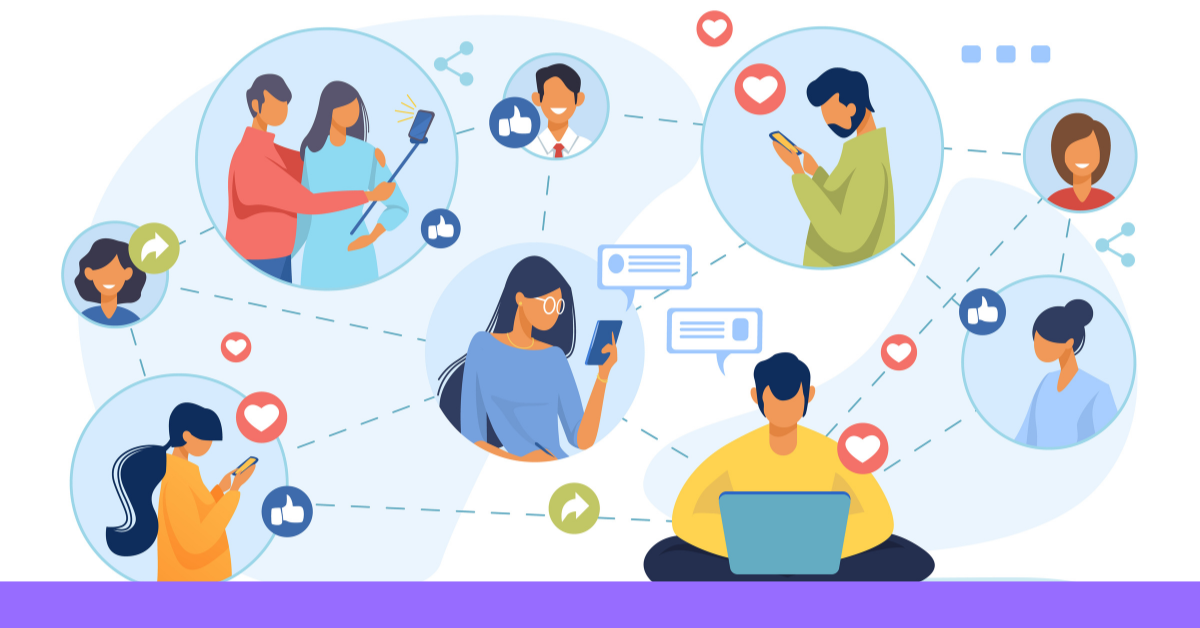Psychology and Virtual Agents: an unexpected but essential connection

How psychology makes artificial intelligence more human and more effective.
When we think of psychology, we naturally associate it with the human mind, since understanding it is at the very core of this discipline. But the nuances and potential applications of psychological science go far beyond traditional boundaries.
In recent years, the rise of artificial intelligence has transformed many aspects of our daily lives. At the same time, it has brought with it new reflections, needs, and responsibilities.
And this is exactly where the unexpected but crucial connection between psychology and AI comes into play. To ensure interactions and conversations with an artificial “mind” are effective, natural, and free from misunderstanding, we must first deeply understand the human one.
Creating a Benchmark: where to start?
That’s how my internship experience at AND EMILI began, where I had the opportunity to contribute to building benchmarks for a series of virtual agents. The first step was diving into real conversations between users and virtual agents to understand their quality and seize any limitations. My task was to identify areas for improvement and fine-tuning.
All the conversations I analyzed had already been anonymized any sensitive data was automatically removed. This privacy safeguard was ensured behind the scenes through entity extraction and NLP systems.
I reviewed hundreds of conversations, observing how they unfolded, where misunderstandings emerged and when empathy or clarity was lacking. My goal was to optimize the user experience, making the agent not only more informative but also more human. An agent capable of adapting to the emotional tone of the situation, managing frustration and responding with both accuracy and sensitivity.
Navigating thousands of conversations
Initially, I thought analyzing so many interactions would be overwhelming. In reality, thanks to automatic organization, I was able to filter for:
-
Conversations where users expressed negative sentiment
-
Topics tied to specific issues
-
Conversations where dissatisfaction was explicitly mentioned
-
Cases flagged by the AI as potentially incomplete
To simplify things further, I was “supported” by systems that scanned each conversation and flagged potential issues even when users didn’t appear particularly frustrated. There was a huge amount of material but it had already been neatly organized and categorized.
While I examined conversations one by one to capture subtle dynamics, other systems were processing hundreds of thousands of interactions to identify unanswered questions, confusion hotspots, and the types of users facing the most difficulties.
It was fascinating to see how multiple layers of AI worked together to highlight problems that might otherwise go unnoticed.
Becoming the Virtual Agent myself
Eventually, I stepped into the shoes of the virtual agent. I reread the most common types of interactions and, one by one, noted the responses I would have given in that scenario, always adhering to the intended communication goals.
It was both a creative and analytical exercise. I aimed to create clear, empathetic, and useful responses based solely on what the user needed, using clear language and an empathetic tone that could respond appropriately to the emotional tone of the user.
Through this process, I began to understand how many subtle factors go into each answer:
when to be formal and when not, when to expand on information and when to be concise, how to address user frustration without being condescending.
These are nuances we don’t usually notice in human conversation because they come naturally. But when training an AI, they must be intentionally addressed.
Patterns and trends
As I proceeded with the analysis, frequent phenomena began to emerge. Certain types of questions systematically received inadequate answers, not because of the agent's limitations but because it did not possess the necessary information. Other problems arose when agents failed to recognize the emotional context of a conversation. While the response might have been technically correct, its tone was off.
These problematic cases were in the minority, but I focused on them because they provided the most valuable insights for improvement.
Most interactions were positive, showing that the agents generally performed well. The main issues came up when users asked about topics that weren’t covered in the agent’s knowledge base.
But there were also subtler cases: conversations that seemed normal but where the agent misunderstood the context or gave technically correct responses but with an irrelevant tone. These were flagged automatically even when the user didn’t explicitly express dissatisfaction.
Interestingly, even when the agents didn’t have a precise answer they often tried to be helpful. Sometimes with relative success, other times adding confusion.
These were the most instructive cases: understanding where and why the conversation went off track helped identify both missing information and the kinds of “behavior” that needed to be adjusted.
The human factor in AI
The final step was comparing my suggested responses to those actually given by the chatbot. This systematic comparison allowed us to pinpoint exactly where and how to intervene.
Sometimes the fix was simple: just add missing information. Other times, it was necessary to rethink the agent’s communication approach in specific contexts.
One thing that stood out was how much emotional tone affects communication effectiveness. Two responses with identical content could have completely different effects depending on how they were phrased.
When facing a frustrated user, a technically correct but emotionally flat response would be the wrong choice. Instead, one must try to contain the frustration shown by generating a response that is also empathetic.
This sensitivity to emotional context is something we take for granted in human interaction but requires special attention when designing conversational AI systems.
Two worlds, closer than they seem
For me, this was an incredibly formative experience. Not only did I get to apply knowledge from my psychology studies, but I was also part of a complex, innovative, and highly relevant project deeply rooted in the present (and future).
I had the opportunity to explore and learn about the ever-expanding world of artificial intelligence from the inside. I discovered how much it is already a part of our daily lives and how much, inevitably, it will continue to be.
But most importantly, I realized that even the most advanced technology needs human insight and understanding to truly work well. When it comes to interacting with humans, it’s the human element that becomes essential to optimizing what isn’t human.
At first glance, AI may seem far removed from qualities like creativity, empathy, and intuition, but in reality it can’t exist without them.
AI is born, shaped, and refined within a human context. It is modeled, guided, and evolved by our minds. And for that reason, psychology isn’t just useful, it’s essential to making AI more effective, more understandable, and maybe even a bit more human.
The future I glimpsed through this experience is one of collaboration: humans and AI working together, each with their own strengths and limitations. It might sound like science fiction but it’s already our reality. And it’s only going to evolve further.


